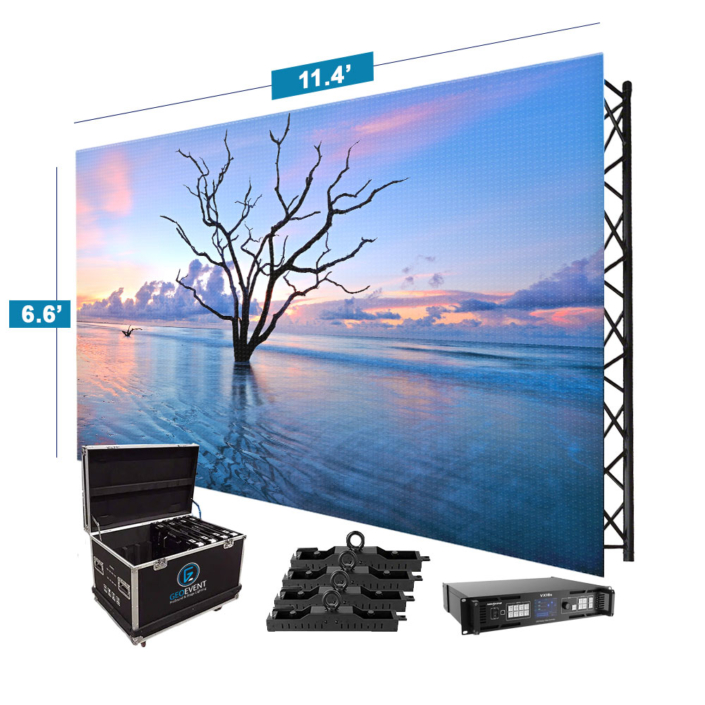Perfecting Color Precision in LED Display Calibration for Stunning Graphic Displays
Perfecting Color Precision in LED Display Calibration for Stunning Graphic Displays
Blog Article
Color precision is crucial for producing stunning visual presentations, particularly when employing LED screens. These massive screens are commonly found in places like concert venues, sports arenas, and advertising billboards. When the colors on an LED wall are not accurate, the images can look dull or warped, which can affect the total experience for audiences. Therefore, perfecting color precision in LED screen calibration is crucial for attaining vibrant and true-to-life images.
The initial step in ensuring color accuracy is comprehending how LED technology works. LEDs, or light-emitting diodes, produce light in various shades by mixing red, green, and blue (RGB) light. Each dot on an LED screen is made up of these three hues. When tuned properly, the combination of RGB can produce a broad range of hues. However, if one color is too bright or too dim, it can throw off the entire screen. This is why tuning is needed to balance the colors and achieve the intended graphic result.
Calibration involves modifying the configurations of the LED screen to ensure that the hues shown match the initial content as nearby as feasible. This procedure typically includes using specialized software and hardware instruments. Technicians often use color assessment devices, such as color meters, to analyze the hues being shown. By comparing the assessed hues to standard color standards, they can make precise modifications. This ensures that the hues are not only lively but also consistent across the whole screen.
Another crucial factor of color precision is understanding the surroundings in which the LED screen is used. Factors such as surrounding light can significantly affect how colors appear. For instance, a brightly illuminated room may wash out hues, making them look less vibrant. To counteract this, technicians may modify the luminosity and differentiation configurations of the LED wall. Additionally, they may select specific color profiles that are better suited for different lighting environments. This adaptability helps preserve color accuracy irrespective of the observing surroundings.
Finally, regular maintenance and recalibration are click this over here now crucial for maintaining an LED wall looking its best. Over time, the functionality of LEDs can alter due to factors like aging and heat fluctuations. Frequent checks and modifications can help guarantee that the colors remain accurate and vibrant. By committing time in appropriate calibration and maintenance, venues can offer audiences with stunning graphic presentations that enhance their overall impression. Perfecting color accuracy in LED wall tuning is not just a technical task; it is an expertise that contributes to the magic of visual storytelling.